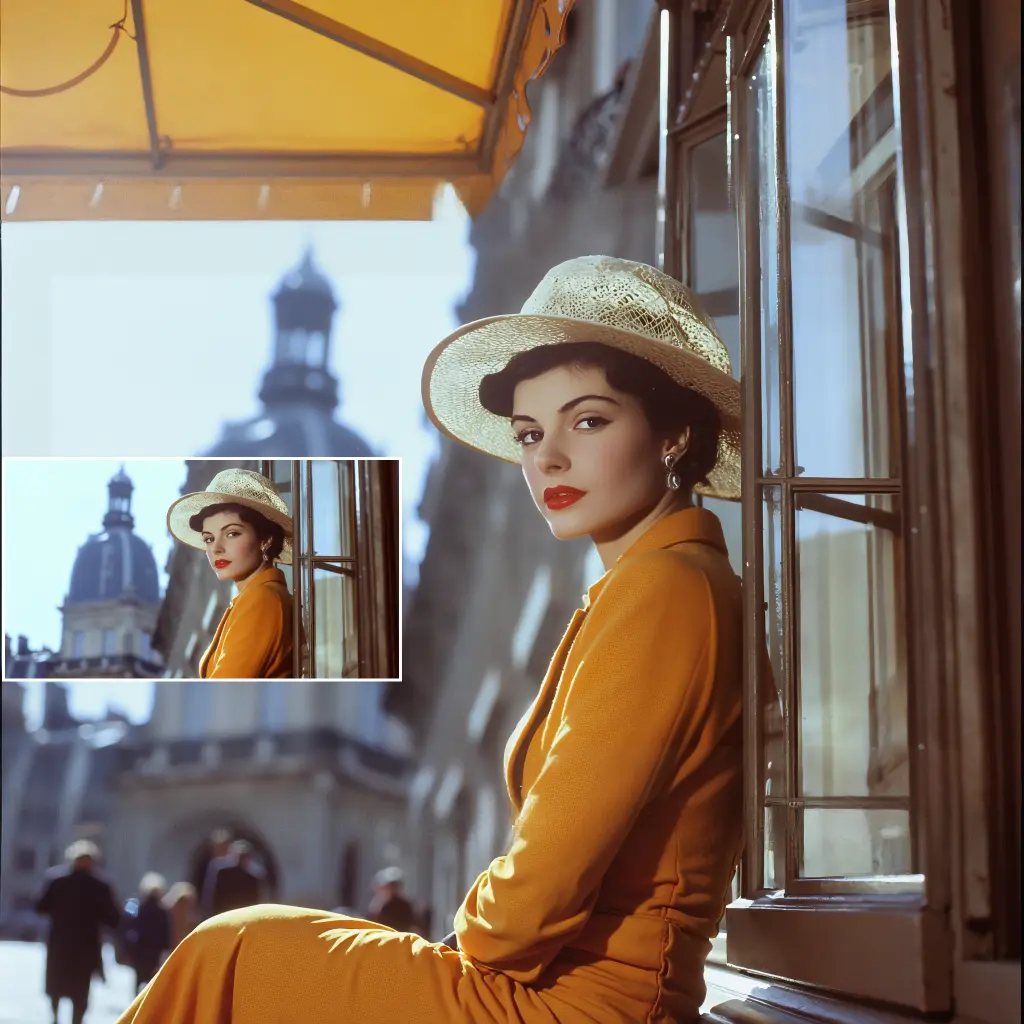ComfyUI Node: Djz Datamosh V4 (Style Transfer)
DjzDatamoshV4
Categoryimage/effects
DriftJohnson (Account age: 4052days) Extension
DJZ-Nodes Latest Updated
2025-04-25 Github Stars
0.04K
How to Install DJZ-Nodes
Install this extension via the ComfyUI Manager by searching for DJZ-Nodes- 1. Click the Manager button in the main menu
- 2. Select Custom Nodes Manager button
- 3. Enter DJZ-Nodes in the search bar
Visit ComfyUI Online for ready-to-use ComfyUI environment
- Free trial available
- 16GB VRAM to 80GB VRAM GPU machines
- 400+ preloaded models/nodes
- Freedom to upload custom models/nodes
- 200+ ready-to-run workflows
- 100% private workspace with up to 200GB storage
- Dedicated Support
Djz Datamosh V4 (Style Transfer) Description
Create visually striking video effects through datamoshing, transforming clips into digital art with unpredictable results.
Djz Datamosh V4 (Style Transfer):
DjzDatamoshV4 is a node designed to create visually striking and dynamic effects by manipulating video data, a process commonly known as datamoshing. This technique involves the intentional corruption or alteration of video files to produce unique and often unpredictable visual artifacts. DjzDatamoshV4 allows you to explore the creative potential of this method, offering a way to transform ordinary video clips into captivating pieces of digital art. The node is particularly useful for artists looking to add a layer of complexity and texture to their work, as it can generate unexpected results that enhance the visual narrative. By leveraging the capabilities of DjzDatamoshV4, you can experiment with different settings to achieve a wide range of effects, from subtle distortions to dramatic transformations, making it a valuable tool in the arsenal of any AI artist interested in video manipulation.
Djz Datamosh V4 (Style Transfer) Input Parameters:
Input Video
This parameter specifies the video file that you want to apply the datamoshing effect to. The quality and characteristics of the input video can significantly influence the final output, as different videos will react differently to the datamoshing process. Ensure that the video is in a compatible format for the node to process effectively.
Mosh Intensity
This parameter controls the degree of distortion applied to the video. A higher intensity will result in more pronounced and chaotic visual effects, while a lower intensity will produce subtler changes. Adjusting this parameter allows you to fine-tune the balance between maintaining recognizable content and creating abstract visuals. The range typically varies from 0 to 100, with a default value set to a moderate level to provide a starting point for experimentation.
Frame Rate
The frame rate parameter determines how many frames per second the output video will have. This can affect the smoothness and flow of the datamoshing effect. A higher frame rate can make the transitions appear more fluid, while a lower frame rate might emphasize the glitchy nature of the effect. Common values range from 24 to 60 frames per second, depending on the desired outcome.
Djz Datamosh V4 (Style Transfer) Output Parameters:
Output Video
The output video is the final product after the datamoshing effect has been applied. It retains the original video's format but with the added visual distortions and artifacts introduced by the node. The output video can be used as a standalone piece of art or further processed in other video editing software to integrate into larger projects. The uniqueness of the output is a direct result of the input parameters and the inherent randomness of the datamoshing process.
Djz Datamosh V4 (Style Transfer) Usage Tips:
- Experiment with different mosh intensity levels to discover a range of effects, from subtle to extreme, and find the style that best suits your artistic vision.
- Use videos with high contrast and distinct motion to maximize the visual impact of the datamoshing effect, as these elements tend to produce more interesting artifacts.
- Consider combining the output video with other effects or layers in post-production to create a more complex and layered final piece.
Djz Datamosh V4 (Style Transfer) Common Errors and Solutions:
Unsupported Video Format
- Explanation: The input video is not in a format that DjzDatamoshV4 can process.
- Solution: Convert the video to a supported format, such as MP4 or AVI, before attempting to apply the datamoshing effect.
High Memory Usage
- Explanation: Processing high-resolution videos or using high mosh intensity settings can lead to excessive memory consumption.
- Solution: Reduce the resolution of the input video or lower the mosh intensity to decrease memory usage and improve performance.
Output Video Corruption
- Explanation: The output video may become unplayable if the datamoshing effect is too intense or improperly configured.
- Solution: Adjust the mosh intensity and frame rate settings to more moderate levels and reprocess the video to ensure a playable output.
Djz Datamosh V4 (Style Transfer) Related Nodes
RunComfy is the premier ComfyUI platform, offering ComfyUI online environment and services, along with ComfyUI workflows featuring stunning visuals. RunComfy also provides AI Playground, enabling artists to harness the latest AI tools to create incredible art.


